The Historical Significance of Boott Cotton Mills Museum
The Boott Cotton Mills Museum is a testament to Lowell’s industrial past. Established in the early 19th century, the mills were a cornerstone of the American Industrial Revolution. They played a pivotal role in transforming Lowell, Massachusetts, from a small farming community once known as East Chelmsford into a bustling industrial city.
Lowell’s transformation wasn’t just about machinery and labor; it was a comprehensive plan that included housing for workers, canals for water power, and a complex of mills where raw cotton was transformed into finished cloth. The Boott Cotton Mills were an integral part of this plan, contributing significantly to Lowell’s reputation as a leading innovator and economic center during the Industrial Revolution.
The museum is located in a complex of mill buildings, some of which have been transformed into apartments, condos, and offices. Preserving these structures allows visitors to step back in time and understand the scale and complexity of industrial operations in the 19th century.
The Boott Cotton Mills Museum aims to educate visitors about this transformative era in American history. It serves as a window into the past, offering insights into the lives of the mill workers, the technological innovations of the time, and the social and economic changes that shaped the nation.
A Walk Through Time: The Museum’s Architecture and Layout
The Boott Cotton Mills Museum is a marvel of 19th-century industrial architecture. Housed in a red-brick mill building, the structure is a quintessential example of the New England mill complexes that dotted the landscape during the Industrial Revolution.
The building’s exterior features large, multi-paned windows that once maximized natural light for the mill workers. The high ceilings and expansive floor plans were designed to accommodate the large, cumbersome machinery of the era.
As you step inside, you’ll immediately notice the original wooden floors that have been carefully preserved. These floors once felt the footsteps of hundreds of mill workers bustling about their daily tasks. The museum layout is thoughtfully designed to guide visitors through a chronological journey of Lowell’s industrial history.

The ground floor primarily focuses on the operational aspects of the mill, featuring the Weave Room with its active looms. In contrast, the upper floors delve into the social and economic impacts of the industry.
The museum’s layout is not just a random assortment of exhibits; it’s a carefully planned narrative. As you move from one section to another, you’ll notice how the architecture itself aids in storytelling.
The open spaces, for instance, are reminiscent of how mill workers would have had to navigate through large, available factory floors. The smaller, more enclosed areas replicate the managerial offices and design rooms where the intellectual work occurred.
Regarding accessibility, the museum has made significant efforts to ensure that all areas are reachable for visitors with mobility issues. Elevators and ramps are strategically placed, allowing everyone to explore the museum’s rich offerings.
Signage is clear and easy to follow, ensuring you won’t miss any essential sections. All in all, the architecture and layout of the Boott Cotton Mills Museum serve not just as a backdrop but as an integral part of the visitor experience, enriching your understanding of Lowell’s storied past.
USA Quiz
How many questions would you like?
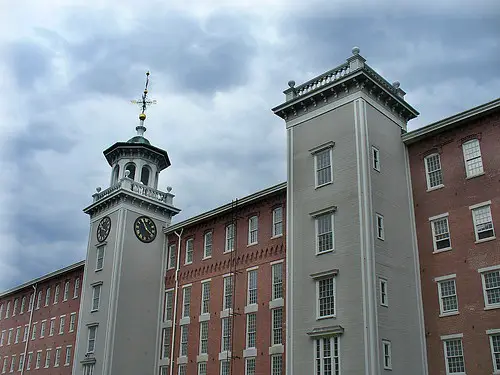
A Day at Boott Cotton Mills Museum: From Hours to Tickets, What You Need to Know
The museum is open year-round, with seasonal variations in its hours of operation. As of September 2023, it is open daily from 10 am to 5 pm. This allows ample time for visitors to explore the various exhibits, participate in interactive activities, and catch a film or two.
Visiting the Boott Cotton Mills Museum is an affordable experience. Adult tickets are priced at $6.00, while seniors (62 and above) can enter for $4.00. Youths between the ages of 6 and 16 are charged $3.00, and students (16+ with ID) have a discounted rate of $4.00. Children under the age of 5 can enter for free.
The museum also offers package deals that include a boat tour, providing a comprehensive experience of Lowell’s industrial history. These packages are perfect for those looking to delve deeper into the city’s past. The museum offers additional discounts for those planning multiple visits or coming in groups. It’s advisable to check the official website or call ahead for the most current pricing and package options.
One of the things to do in Lowell, Massachusetts, is to take advantage of the free trolley bus service that connects the museum to other historical sites in the city. If you prefer to walk, the museum is just a 10-15 minute stroll from the Visitor Center, making it easily accessible for those who wish to explore Lowell on foot.
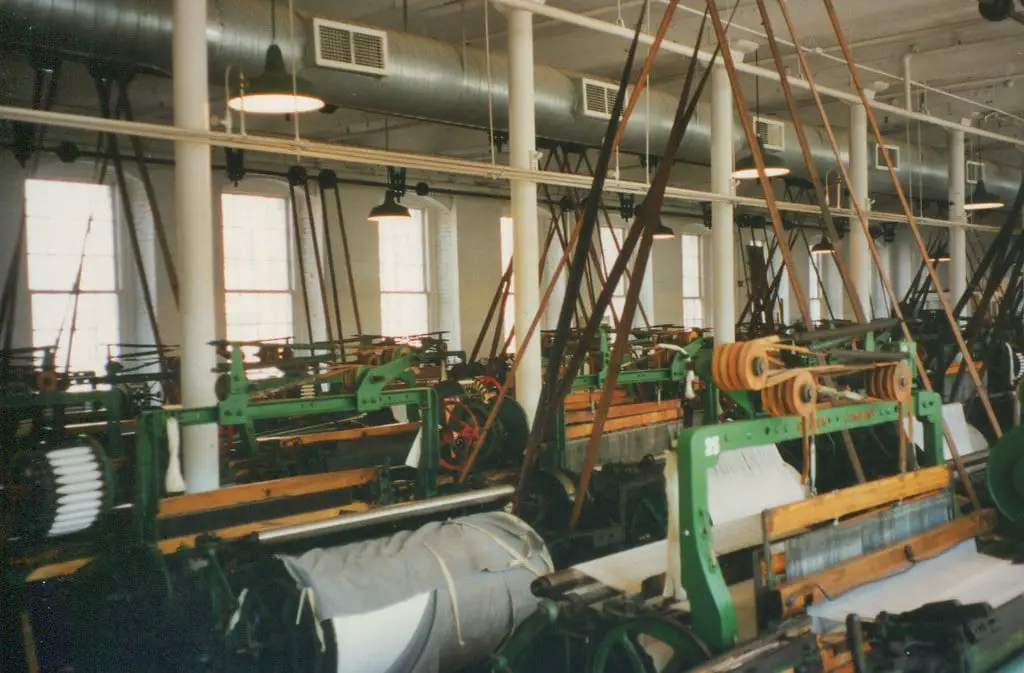
The Weave Room: A Living Exhibit
One of the most captivating sections of the museum is the Weave Room. This expansive space houses over 80 historic power looms from the 1920s, which are still operational. The looms are not just for show; they actively weave cotton cloth, offering visitors a real-time experience of mill operations.
The Weave Room is designed to replicate the conditions that Lowell’s mill girls and immigrant laborers would have experienced. The noise level in the room is intentionally kept high to mimic the working conditions of the time. While it might be overwhelming initially, it provides a visceral sense of workers’ challenges.
Friendly and knowledgeable weavers are in the room explaining the weaving process. They offer insights into the types of looms used, the materials processed, and the end products created. This interactive element adds an educational layer to the visitor experience.
The Weave Room is more than just a display; it’s a living, breathing entity that encapsulates the essence of Lowell’s industrial past. It serves as a poignant reminder of the labor-intensive processes that were the backbone of the American textile industry.
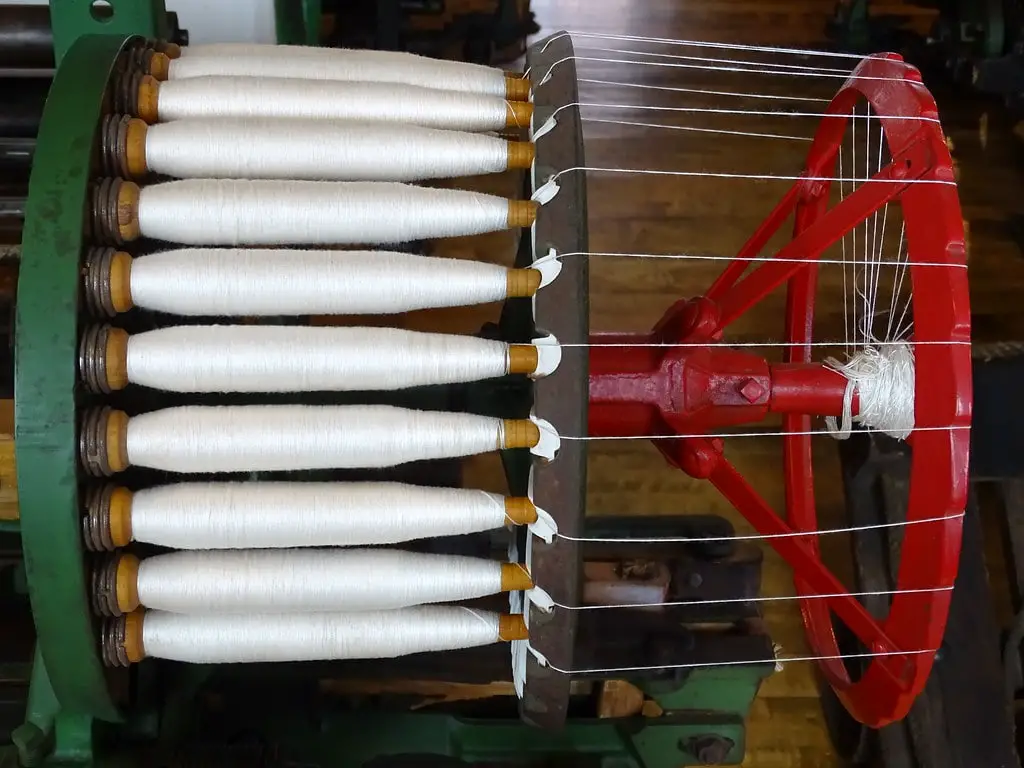
Exhibits and Narratives: The Upper Floor
The museum’s upper floor is home to traditional exhibits focusing on Lowell’s industrial history. One of the main exhibits, “Lowell: Visions of Industrial America,” covers the city’s early days as East Chelmsford through modern times. The exhibit uses interactive activities and personal narratives to engage visitors.
A captivating display focuses on the impactful photography of Lewis Wickes Hine and Dr. David L. Parker, capturing the harsh realities of child labor. The images captured by these photographers serve as a stark reminder of the conditions young workers face in Lowell and across America and the world.
On the second floor, you’ll always find a park ranger or a knowledgeable volunteer ready to provide insights and discussions about the history of Lowell. These talks offer additional context to the exhibits, making the museum experience more enriching for visitors.
The upper floor also features a variety of multimedia elements, including films and audio narratives. These elements complement the physical exhibits, providing a multi-sensory experience that appeals to visitors of all ages.

The Museum’s Multimedia Features
The museum goes beyond traditional exhibits to include a range of multimedia features. One of these is a film highlighting oral histories of men and women working in Lowell’s mills. This film plays on a loop, allowing visitors to conveniently enter and leave the theater.
In addition to the oral history film, the museum features video interviews with former mill employees. These interviews offer firsthand accounts of what life was like working in the mills, adding a personal touch to the museum’s historical narrative.
The museum also showcases a 23-minute film on the American manufacturing system that developed during the Industrial Revolution. This film provides a broader context for understanding Lowell’s role in American industrial history.
These multimedia elements enrich the visitor experience, offering varied perspectives on Lowell’s industrial past. They add depth to the museum’s exhibits, making it a comprehensive educational resource.

The Museum Store and Souvenirs
For those looking to take home a piece of Lowell’s history, the museum store is the place to go. Operated by America’s National Parks, the store is located on the museum’s first floor. It offers a range of educational souvenirs, from books to replicas of historical artifacts.
A portion of the proceeds from the store is returned to the park, contributing to its maintenance and educational programs. This makes every purchase a way to support the museum’s mission of preserving and promoting Lowell’s industrial heritage.
The store also offers guides to the park’s history and culture. These guides are perfect for those who wish to explore Lowell’s historical sites in greater detail. Whether you are looking for an educational book, a unique souvenir, or a guide to explore Lowell, the museum store has something for everyone.
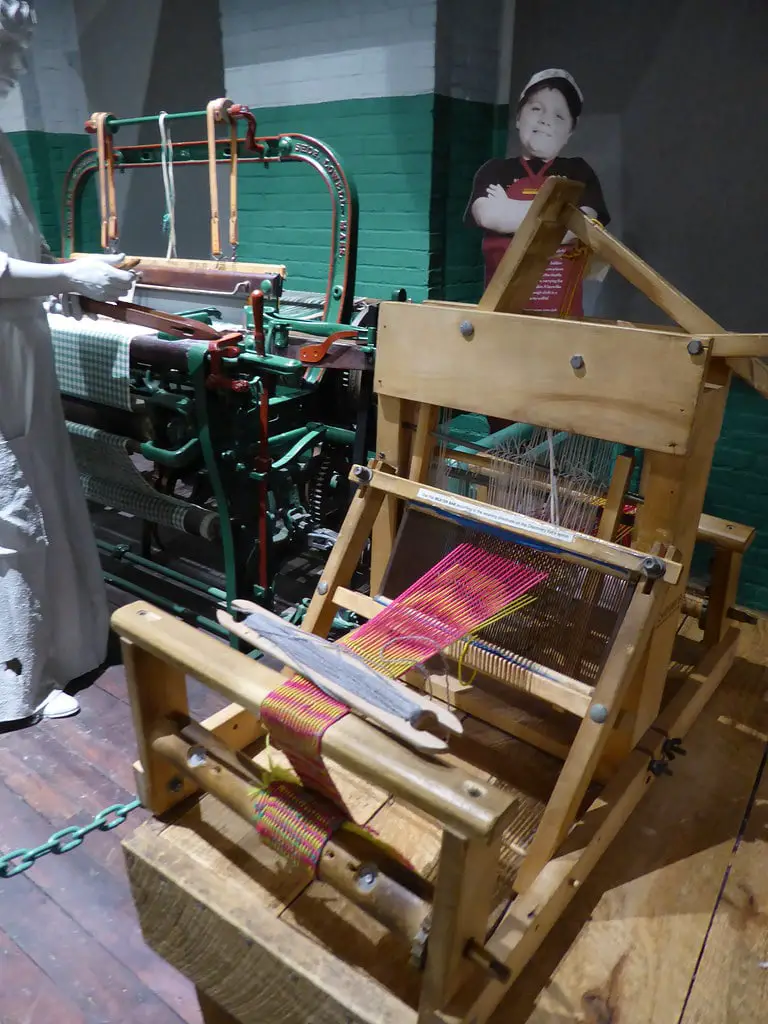
Accessibility and Additional Services
The Boott Cotton Mills Museum is committed to being accessible to all visitors. The museum is fully wheelchair accessible, and wheelchairs are available at no charge on a first-come, first-serve basis. Service dogs are also welcomed throughout the museum by ADA guidelines.
The museum provides various written information at the information desk for visitors with hearing impairments. All films throughout the museum feature captions, ensuring that the museum’s rich history is accessible to everyone.
Parking spaces designated for individuals with disabilities are available in the city parking garage at 75 John Street. Cars with disability license plates or displayed hanging placards are eligible for complimentary parking in designated areas throughout Lowell.
Overall, the museum goes to great lengths to ensure that all visitors, regardless of physical abilities, can fully engage with its exhibits and activities.
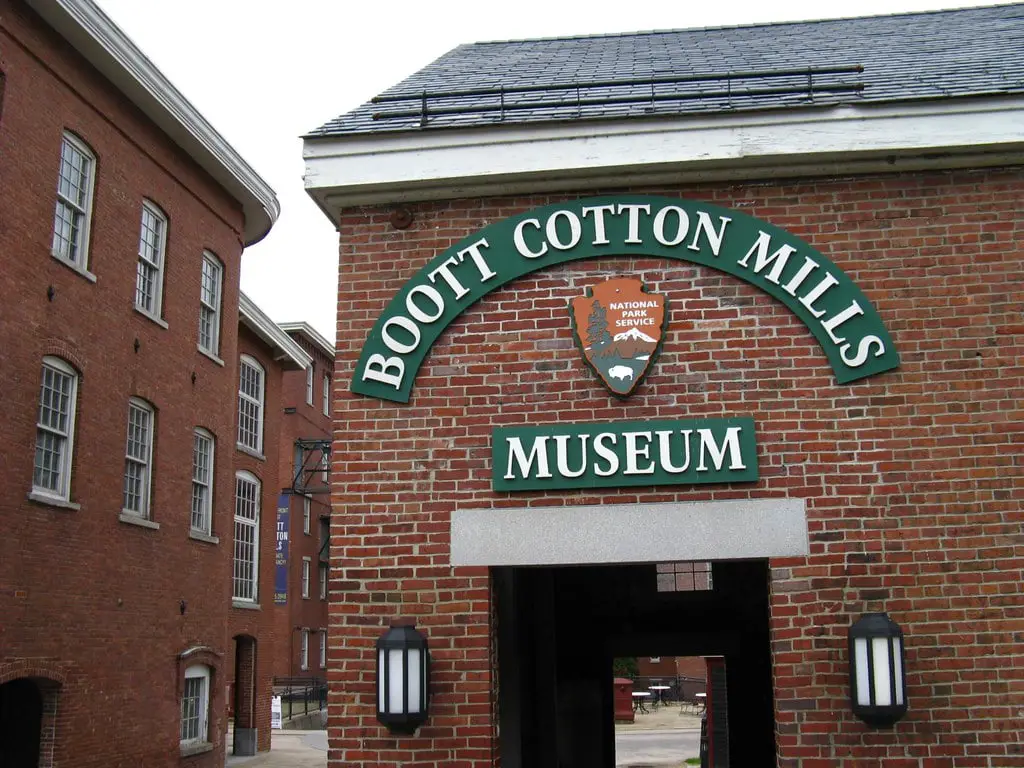
Conclusion
The Boott Cotton Mills Museum is more than just a collection of artifacts and exhibits; it’s a living, breathing entity that encapsulates the essence of Lowell’s industrial past. It serves as a poignant reminder of the labor-intensive processes that were the backbone of the American textile industry.
The museum offers a comprehensive look at Lowell’s history, from its early days as East Chelmsford to its transformation into an industrial powerhouse. It provides a multi-sensory experience that appeals to visitors of all ages, making it a must-visit for anyone interested in American history.
So, the next time you ponder what to do on a weekend, consider a trip to the Boott Cotton Mills Museum. It’s not just a visit to a museum; it’s a journey through time, offering a glimpse into the lives, struggles, and triumphs of those who built Lowell into the city it is today.
In the end, the Boott Cotton Mills Museum is a tribute to Lowell’s industrial past, a past that shaped the city and, in many ways, the nation. It’s a history worth exploring, understanding, and, most importantly, remembering.

